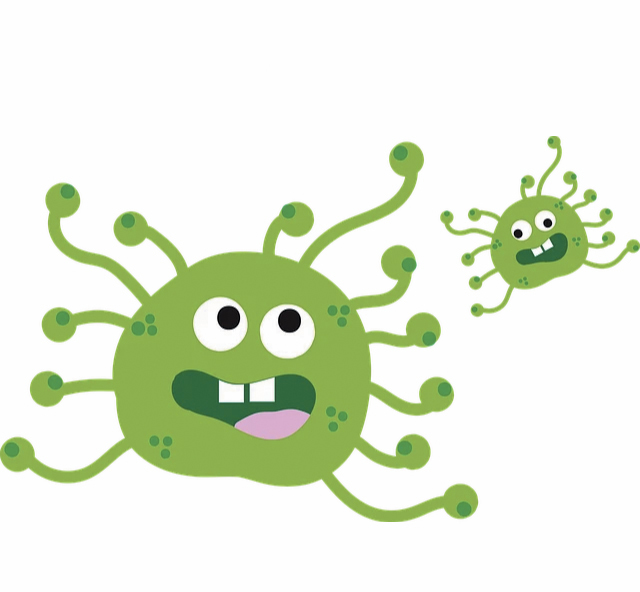Children! We love them to pieces, and we teach them to share, which they do willingly with the microorganisms they bring home from school and extracurricular activities. Here are some ways that you can limit the number of illnesses this year.
- Apparently, we’re still behind the eight ball with regard to the coronavirus. Adhering to the guidelines established by the CDC’s scientists is the best way to protect yourself and your family from COVID-19 and other infectious diseases. Get your information from trusted sources, such as your healthcare provider, or, if searching online, CDC.gov, mayoclinic.org, health.harvard.edu
- Wash your hands – CORRECTLY!!! Yup, there’s the caveat. Rinsing with hot water isn’t enough to remove the bugs that cause illness ( to actually kill germs the water would have to be scalding hot). Soap lather is necessary, so foaming up and rinsing ( warm & cold water both work to create suds) for at least 20 seconds (tired of singing Happy Birthday yet? Try Somewhere over the rainbow or Staying’ alive ). Proper hand washing videos can be found online through the World Health Organization website. Hundreds of studies have demonstrated that proper hand washing limits microbial growth that causes respiratory infections, diarrheal diseases, food borne illnesses and many other maladies.
- In the absence of soap and water an alcohol gel hand sanitizer can be used to clean hands. A study of 6000 elementary school students demonstrated a reduction in absenteeism by 19.8% when such a sanitizer was used in the classroom.
- Don’t touch your face! It’s clear that, even with the best of hand washing efforts, germs are going to proliferate on our hands. Touching the eyes, mouth and nose is certain to introduce microorganisms into the body. We touch our faces uncounsciously, so try a game of counting how many times you and your children do so. Include a lot of positive reinforcement for minimal touching and encouragement for more frequent grazes. A good reward could be funky colored soaps and sanitizer gels!
- Stay home! I’ve heard the phrase” if in doubt, sit it out” a lot recently. As much as we want to prevent our children and family members from getting sick, we don’t want to spread germs to others. If you or your child is ill, or has been exposed to an illness, don’t go in to school or work, please.
- Infectious disease can be spread via airborne and surface transmission. Respiratory secretions from an infected ( even asymptomatic) person, can be transmitted easily through touching common surfaces. Viruses that cause colds can survive on indoor surfaces for up to 7 days, though their infectivity starts reducing after 24 hours. So, we’re not finished with those wipes yet! Use them to clean surfaces, books, laptops, phones, toys, and more ( don’t forget those doorknobs and light switches!)
- Know when to NOT treat symptoms. That headache, fever, sore throat, muscle pain or any such symptom, while annoying, is part of the body’s natural healing process – evidence that the immune system is battling illness. For example a fever is your body’s way of trying to kill microorganisms in a hotter than normal environment ( germs like it at 98.6), and a cough clears your breathing passages of thick mucous that can carry germs to your lungs. Enduring these may well help you improve faster. Not every symptom requires an antibiotic. Contact your healthcare provider if the symptoms persist.
- Eat infection-fighting foods, such as brightly colored fruits and vegetables. More on the role of nutrition another day!


